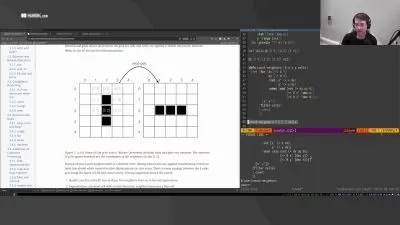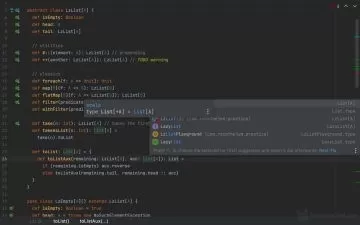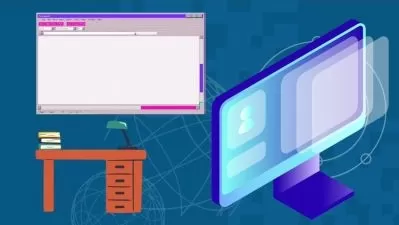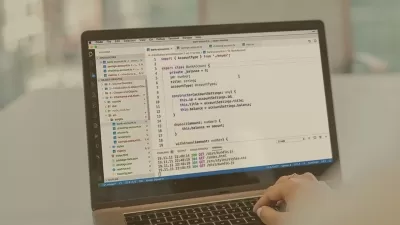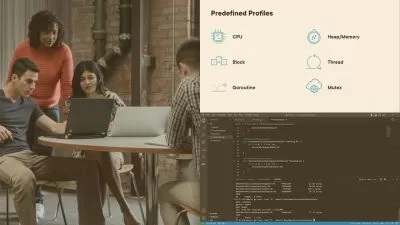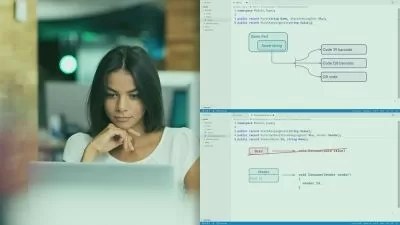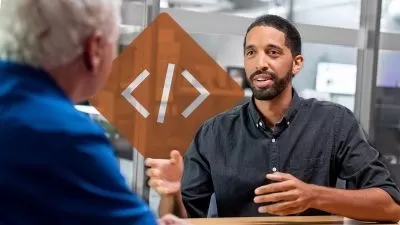TSO/ISPF Getting Started
George Rady
1:57:13
Description
This course will teach you how to use the ISPF File/Program Editor running in a TSO Session to find what program(s) you need to fix and how to apply your edits in a typical Mainframe “Shop”.
What You'll Learn?
For some, the IBM mainframe world of legacy programs may be a bit intimidating. It is not the finite ecosystem of programming in a java or .Net environment. But (due to a scarcity of resources) you may find yourself being asked to code a quick fix for a COBOL program and - being able to do so - may well be the differentiator that makes you the “go to gal or guy” in an IBM ‘shop”! in this course, TSO/ISPF Getting Started, you’ll learn what to do when you are given a specification. First, you’ll explore the ISPF utilities - where you will be able to search for the programs that you'll need to analyze and copy to your own project libraries for the fix. Next, you’ll discover how to set up PF keys so you can hot key from panel to panel, under different menus and organize your workflow by creating test and staging (PDS) libraries. Finally, you’ll learn how to use ISPF command lines and line commands to edit your fixes and limit your edits to just the few lines of COBOL. When you’re finished with this course, you’ll have the skills and knowledge needed to fix COBOL programs and stage the results in a manner that seasoned COBOL programmers would consider as consistent with their own standards and, perhaps, you will realize why those same programmers prefer using the ISPF editor as the easiest and fastest way to get the job done.
More details
User Reviews
Rating
George Rady
Instructor's Courses
Pluralsight
View courses Pluralsight- language english
- Training sessions 25
- duration 1:57:13
- level preliminary
- Release Date 2023/12/15






